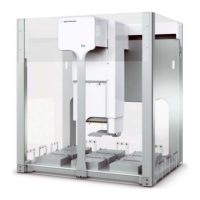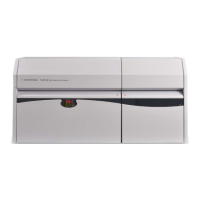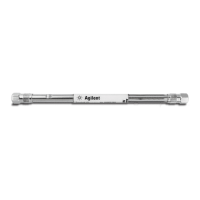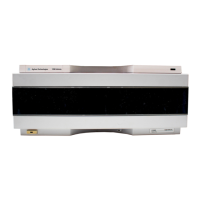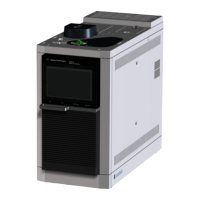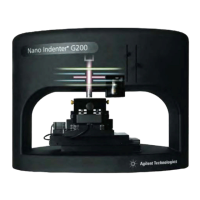9
Chapter 1: PlateLoc introduction
PlateLoc User Guide
Plate requirements
About this topic This topic explains the requirements for the plates you can use in the
PlateLoc.
Acceptable plates The PlateLoc accepts plates made from a variety of materials. For a
complete list of the acceptable materials, see the PlateLoc Thermal Plate
Sealer Seal Selection Guide. You can locate the guide on the Velocity11
website at www.velocity11.com.
Use only plates that meet the standards established by the Society of
Biomolecular Sciences (SBS), including deep-well, PCR, and standard
plates in the 96-well, 384-well, and 1536-well formats. For the latest plate
standards, go to www.sbsonline.org. You can also contact the labware
manufacturer to inquire about SBS-standard plates.
Ideal seal conditions can depend on the plate design, such as thickness
and geometry. For example, plates with raised chimneys that have flat
surfaces at the top can minimize cross-contamination, reduce
evaporation, and minimize condensation.
Note: Plates made from the same material but have different designs can
require different sealing parameters.
Velocity11 recommends that you run optimization tests to determine the
best sealing parameters to use for each plate type. See “Optimizing seal
quality” on page 77 for some optimization test guidelines.
Challenging plates Because of the material or design, the following plates might cause poor
seal results when used in the PlateLoc:
❑ Plates that have non-binding coatings
❑ Flexible plates that tend to bend during sealing
❑ Breiner Model 651182, 96-well V-bottom plates (when used with the
Velocity11 Peelable Aluminum Seal, 06643.001)
You should run some sealing tests to determine whether optimal sealing
is possible with these plates or if you should use different plate types.
See “Optimizing seal quality” on page 77 for some optimization test
guidelines.
Related topics
For more information about... See...
Optimizing seal quality “Optimizing seal quality” on page 77
Inserts (plate supports) “Inserts” on page 10
Seal material “Seal material” on page 13
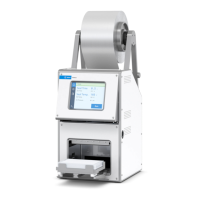
